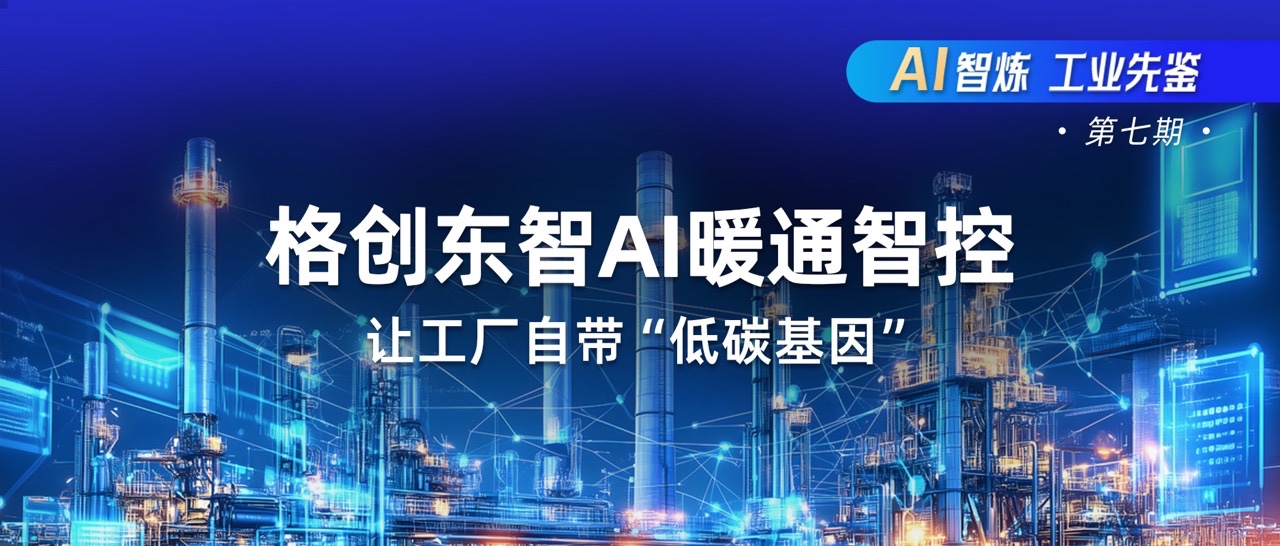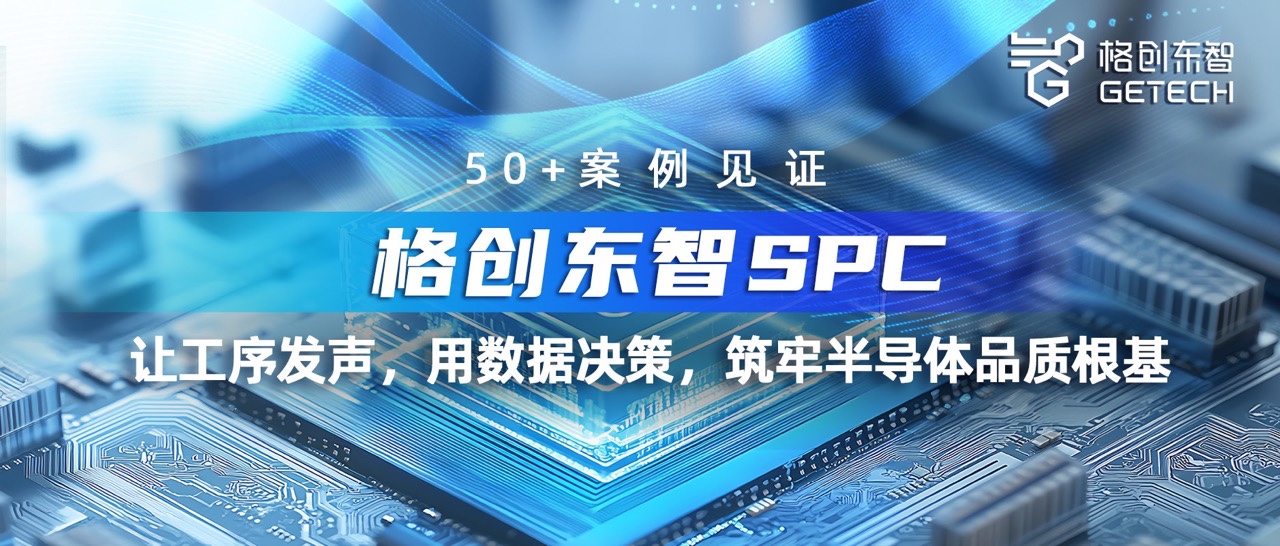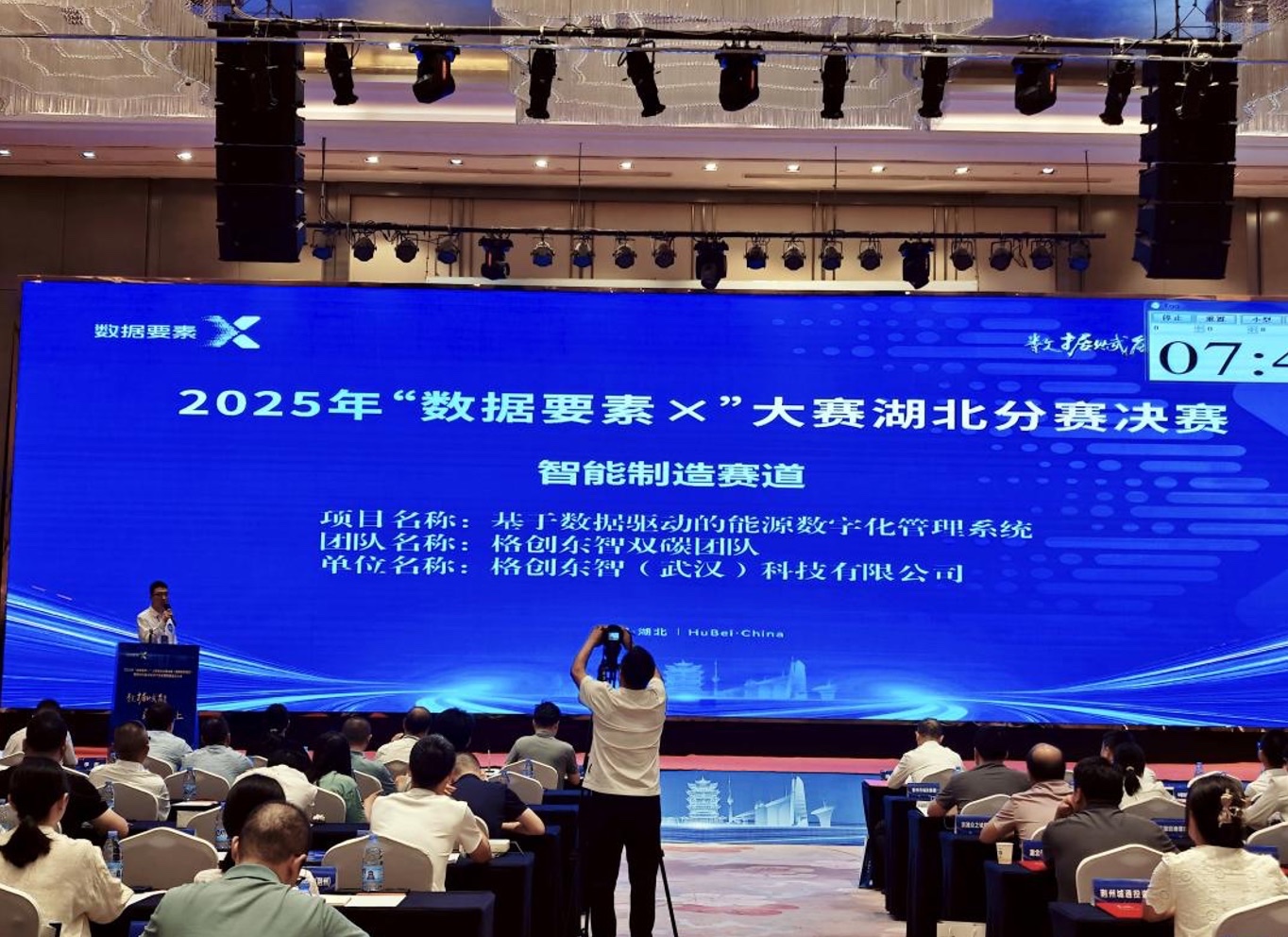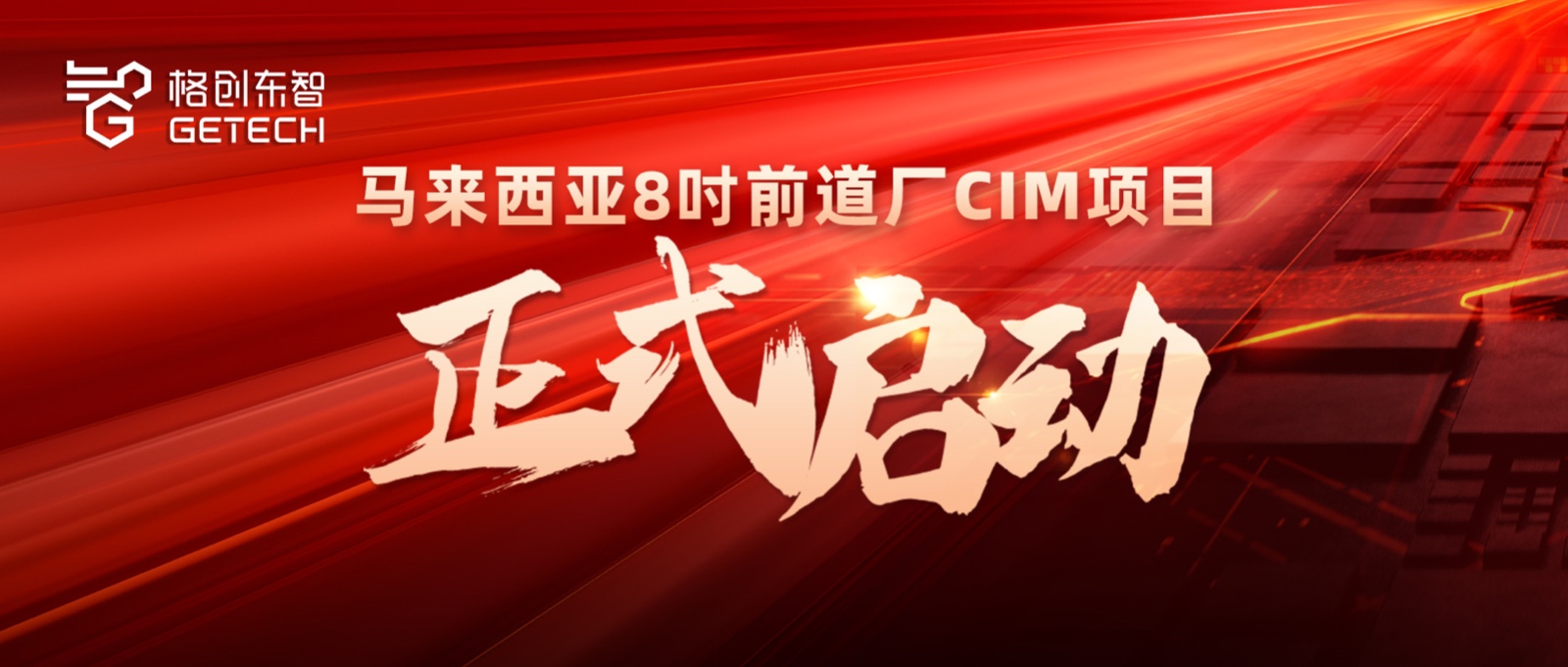Since the concept of artificial intelligence emerged, its technological applications have undergone a long evolution, including the initial stage, reflection period, application development phase, downturn, and steady growth period.
In 2016, the AI AlphaGo defeated world Go champion Lee Sedol with a score of 4:1. AlphaGo acted like the butterfly flapping its wings in South America, triggering a global "tornado" of artificial intelligence. In the following years, the development of information technologies such as big data, cloud computing, the internet, and the Internet of Things propelled the rapid advancement of AI technologies represented by deep neural networks, achieving multiple technological breakthroughs and ushering in a new wave of explosive growth for artificial intelligence. In 2023, pre-trained large models crossed the technological singularity. In 2024, artificial intelligence is driving technological waves represented by AIGC, digital humans, multimodal systems, large AI models, and intelligent decision-making. The application of AI in industries has also reached unprecedented depth and breadth. In the industrial manufacturing sector, "AI-driven industry, software-defined manufacturing" has become a universal consensus. As the "brain" of smart manufacturing, industrial AI not only promotes the shift in manufacturing paradigms and transforms production methods but also deeply integrates IT and OT, reshaping the business models and industrial ecosystems of manufacturing. Regarding the new trends, challenges, and developments of AI in industrial manufacturing, Zhu Jintong, General Manager of the Industrial Operations Solutions Division of GETECH, an AI-driven industrial intelligence solutions provider, engaged in an industry dialogue with EO Network.

Three Layers of Transition: AI Transformed Zhu Jintong believes that, "Overall, over the past few decades, the application of AI in manufacturing has undergone three major stages of role evolution. These three stages are: the辅助阶段 (assistance stage),集成阶段 (integration stage), and主导阶段 (dominance stage), with AI transitioning from an辅助工具 (assistive tool) to a核心驱动力 (core driving force)." 1. Assistance Stage: In the early stages, AI primarily used classification and归纳推理 (inductive reasoning) to analyze, judge, and make simple decisions about real-world problems. At this stage, AI's main roles were generally data analysis, quality control, production planning, and scheduling assistance, with its core value lying in improving production efficiency and product quality while optimizing resource allocation and reducing labor costs. 2. Integration Stage: As AI technology advanced, AI began to possess self-perception, self-decision-making, and collaboration capabilities. At this point, AI became more deeply integrated with manufacturing processes, techniques, and rhythms, becoming an indispensable "key" in the production process. During the integration stage, AI primarily played roles in intelligent production systems, quality control systems, and supply chain management systems, maximizing the advantages of automation and intelligence to achieve efficiency, stability, and reliability in the manufacturing process. 3. Dominance Stage: The emergence of large models was a significant milestone in the AI field, ushering in a new era for AI. Through the叠加 (stacking) of "skills" such as NLP optimization, simplified model development, multi-task learning, pre-training and fine-tuning, reasoning, and transfer learning capabilities, AI's autonomous consciousness grew stronger, enabling it to independently make decisions, control, and optimize production processes, achieving highly automated, customized, and intelligent manufacturing, and partially "liberating" humans. AI-dominated manufacturing not only achieves leapfrog upgrades in processes but also brings core value through innovation and transformation in discrete manufacturing itself, enabling product design optimization, flexible production, and agile manufacturing to achieve a高度统一 (high degree of unification) of稳态 (steady state) and敏态 (sensitive state), meeting consumers' personalized needs while strengthening enterprises' core competitiveness and moats. Zhu Jintong stated, "Objectively speaking, there is still uncertainty in current industrial AI applications, but industrial manufacturing itself pursues确定性结果 (deterministic outcomes) with high precision requirements. Especially in advanced and high-end manufacturing, the cost of trial and error is too high, which directly leads to an irreconcilable contradiction between the rapid implementation of AI and the cautious decision-making of manufacturing." Taking the most widely applied machine vision as an example, in factory defect detection, there is still the possibility of misjudgment and missed detection. This衍生出 (gives rise to) another issue: the工程化 (engineering) of AI. AI engineering refers to the process of transforming AI theories, models, and technologies into products and services that can stably operate, be maintained, and scaled in practical environments. However, the real-world scenario often involves different people developing industrial software, researching AI algorithm models, and implementing business applications. This requires高度配合与协作 (high-level coordination and collaboration) during operations. Through teamwork, challenges such as the gap between research and production, the complexity of technology stacks, and the generalization ability of models can be bridged. Of course, issues like misjudgment and missed detection in defect detection may not always be caused by the technology itself but may stem from the special attributes of the场景 (scenes), such as lighting and position. To address problems related to lighting and position, an专家知识库 (expert knowledge base) formed from the know-how of experienced frontline engineers is needed. Therefore, industrial intelligence service providers with a manufacturing background possess core market competitiveness. In the interview, Zhu Jintong stated, "GETECH has always believed that 'developing good industrial software requires industrial genes.' This is also GETECH's greatest confidence in adhering to industrial AI: 'from industry, to industry.'"

AI is a Powerful Engine for Manufacturing Transformation and Upgrade From the perspective of事物发展 (thing development), whether it's factories, cities, or industrial parks, they all follow the law of熵增 (entropy increase). That is, over time, these systems add various functions and modules, gradually growing into complex systems with increasingly more management objects. At this point, the requirement for "centralized management"能力 (capability) "rises with the tide." Once a critical value is reached, the existing system needs to be broken, and专业化分工管理 (professional division of labor management) is required, with some managing production, others managing equipment, and others managing processes. However, the problem that arises simultaneously with专业化分工 (professional division of labor) is the "fragmentation" of the system. This cycle repeats, leading to increasing complexity and fragmentation. At this point, new solutions are needed, such as the emergence of standardized SOPs, where everyone operates according to the same SOP logic, performing some熵减 (entropy reduction) work to balance the system. The greatest role of AI is that this "super brain" will exponentially raise the critical threshold for centralized management, greatly expanding the radius and capability of management. Secondly, AI will act as an "optimizer" everywhere, slowing熵增 (entropy increase) and speeding up熵减 (entropy reduction). This interplay will significantly improve the current困境 (predicament). Zhu Jintong revealed, "From the perspective of the factory, one of the most important investments in a factory is equipment, followed by raw materials, energy consumption, processes, etc. All of the above require software for management. Similarly, when越来越多的软件 (more and more software) becomes unmanageable, AI is needed to empower them." This is also why GETECH has always adhered to the strategic three-pillar layout of "AI + industrial software + intelligent equipment," focusing on AI empowerment in scenarios such as manufacturing production, equipment, quality, energy and carbon, logistics, and supply chain. GETECH has two very core focuses:一是 (first) self-developed industrial software, and二是 (second)深耕 (deep cultivation) in intelligent equipment. Software + equipment are the two wheels, and AI is the powerful engine that drives the two wheels to run faster. The core of such a strategic layout is to solve the engineering problems of AI and the困境 (predicament) of entropy increase.

Simply put, a pure AI company serving an industrial customer for product development or scenario implementation would have to start from scratch, from 0 to 1. In this case, AI is more of an "add-on" and cannot be integrated. In stark contrast, GETECH, within the entire system, bases itself on intelligent equipment, directly embedding AI and industrial software into it, achieving高度一体化集成 (highly integrated integration) with surrounding systems. At this point, for optimization projects around yield, energy consumption, supply chain, etc., there are incomparable leading advantages in the richness and accuracy of data collection, response speed of instruction execution, concurrency capability, compatibility, stability, and scalability. Zhu Jintong summarized, "Relying on its self-developed GETECH Industrial Application Intelligent Platform, GETECH builds a one-stop solution from underlying algorithm models to middle-layer core products and then to upper-layer application scenarios, continuously strengthening the core capabilities of 'device connectivity + data modeling + application empowerment,' and steadily advancing the strategic three-pillar layout of 'AI + industrial software + intelligent equipment.' This is the optimal solution for切入 (entering) industrial manufacturing scenarios today." Six Trends in the Development of Industrial AI Zhu Jintong stated in the interview with EO Network that in the theory of全面质量管理 (total quality management), "man, machine, material, method, environment" are the five major factors affecting product quality. Analyzing the impact of industrial AI on these five factors, the impact on people is undoubtedly the greatest. Based on GETECH's frontline practices over the past six years, AI products currently demonstrate the most outstanding effects in four aspects at the implementation level: 1. Optimization and management around energy and carbon. GETECH has launched the Multi-agent AI Energy and Carbon Brain for energy and carbon management, based on cutting-edge technologies such as large models, AI algorithms, big data, and cloud computing, achieving digital management of企业能源输入 (enterprise energy input),能源消耗 (energy consumption), and碳排放 (carbon emissions). 2. Quality management. Through machine vision technology, providing integrated hardware and software services for defect detection in glass or panels. 3. Equipment recipe control in the semiconductor field. GETECH uses historical batch data to allow AI to optimize parameters,联动 (linking) with RPA to simulate engineers operating equipment, achieving a self-perception and self-driven closed loop, helping semiconductor production improve yield. 4. Logistics automation. Based on AI algorithms and coordination with automated logistics handling hardware and software, achieving optimal OHT overhead crane handling sequence, the fastest path, and the highest efficiency. On the surface, these four aspects focus on business and production sites, using data analysis to make production plans, scheduling, efficiency, processes, rhythms, and working conditions "leap to mind," but ultimately, they all serve "people." For example, in semiconductor manufacturers, most equipment is imported from Japan, South Korea, and Europe, and these devices do not open API interfaces to domestic users. When key parameters in the production process (temperature, time, pressure, angle deviation, etc.) trigger warnings, they can only rely on the experience of the factory's "veteran masters" for fine-tuning. In many factories, veteran masters are both key and隐含风险 (implicit risks). GETECH innovatively uses AI to联动 (link) with RPA, with RPA simulating human operation of control computers. At this point, AI completes the entire chain of operations from detection, warning, decision-making, optimization, to automatic adjustment. As AI accumulates more experience, it becomes a new veteran master, more stable and inheritable. GETECH's innovation with AI+RPA achieves a full closed loop of perception, cognition, and action,彻底解放 (completely liberating) "people." Zhu Jintong analyzed that, in addition to its impact on people, industrial AI in manufacturing also shows the following five trends: 1. In the future, AI Agents may fundamentally change manufacturing. The uncertainty in manufacturing will always require humans and AI to solve, so AI Agents will coexist with humans in an advisory role, leading to a human-machine coexistence production model. In actual production scenes, there are many forms similar to Agents. Taking MES (Manufacturing Execution System) as an example, current MES is only trigger-based, meaning it lights up when problems occur, but humans are still needed to handle the final issue. If MES can be combined with large models, it can achieve unmanned factory production methods. Humans transition from executors to supervisors, completing a role change. 2. Only by treating AI as a变革动力 (driving force for change) can its maximum value be realized. The success of AI applications in manufacturing does not entirely depend on the technology itself. In fact, enterprise management and attitude are very important influencing factors. Today, many enterprises view AI as a novelty or a tool; few directly position AI as a "driving force for change" and take action. Enterprise change involves organization (the people doing the work), processes (the methods of doing the work), and IT technology (the tools for doing the work). AI can solve organizational problems to some extent but更多的是 (more) addresses process and IT technology issues. If AI is not treated as a direct driving force for change, or if转型升级 (transformation and upgrade) is not centered around AI, it is difficult to truly utilize AI well and maximize its value. 3. In the short term, small models are more effective than large models. A确定性结论 (deterministic conclusion) is that, based on current industry application statistics, small models dominate. Why can't generative AI become mainstream? When large models emerged, GETECH internally debated what product form large models would ultimately take. The most likely form is Chatbot, which is closely related to the role large models undertake. However, most scenarios in factories are not human dialogue scenarios but machine-to-machine "dialogues." Besides scene attributes, small models are more suitable for production manufacturing due to their high reliability, low latency, cost advantages, rapid deployment, efficient integration, flexibility and scalability, low data requirements with strong generalization ability, and reduced energy consumption. 4. Safe, autonomous, and controllable industrial AI is a reflection of软实力 (soft power). Whether it's large central state-owned enterprises or large private enterprises, establishing digital technology companies has become a "standard." For the entire industry, this is common prosperity. Building a safe, autonomous, and controllable industrial AI system is undoubtedly the general direction, as only then can core soft power be held in one's own hands. Coordinating with this, the construction of computing power platforms, professional models, and data governance will become supporting measures. Behind this, the value of AI for industries evolves from scene-driven to data and model-driven, bringing enormous wealth and assets to enterprises while cultivating更加肥沃的土壤 (more fertile ground) for AI. 5. The出海 (going global) of industrial software is an inevitable trend, and AI capability is crucial. Under the momentum of全民出海 (everyone going global) "sweeping away everything," the software industry's overseas report card is also very impressive. In the first 10 months of this year, China's software business exports reached $46.34 billion, a year-on-year increase of 5.2%, reaching the peak of the past year. Why is AI capability crucial for the software industry's global expansion? Firstly, for the software industry itself, "building ships to go global" is the mainstream path choice, and the experience and wisdom沉淀 (accumulated) in the AI capability system become the "ballast" for going global. Secondly, compared to the advantage of domestic labor costs, the high labor costs abroad urgently require AI to improve quality, efficiency, and reduce costs, thereby reducing reliance on manual labor. In addition, going global with industrial AI capabilities not only adapts to global market demands but also enhances the competitiveness of Chinese AI globally and seizes the discourse power in industrial AI.








